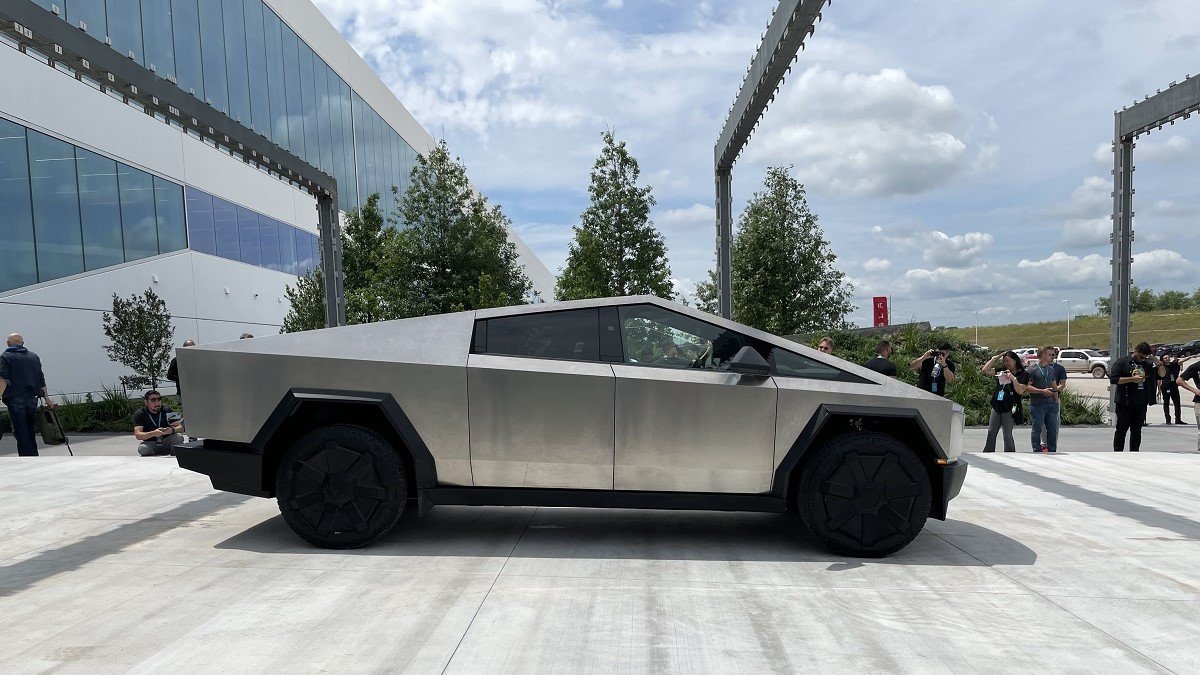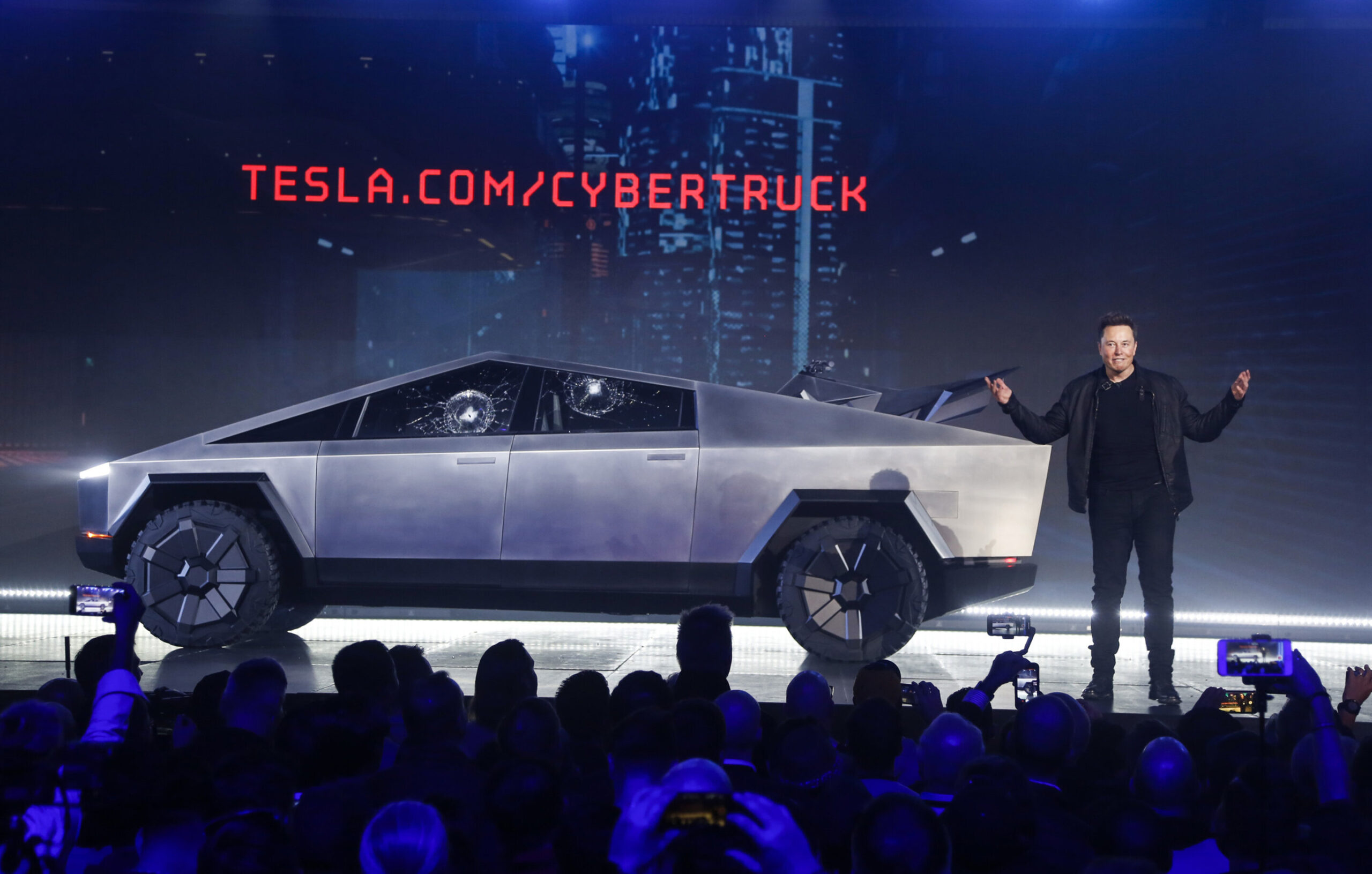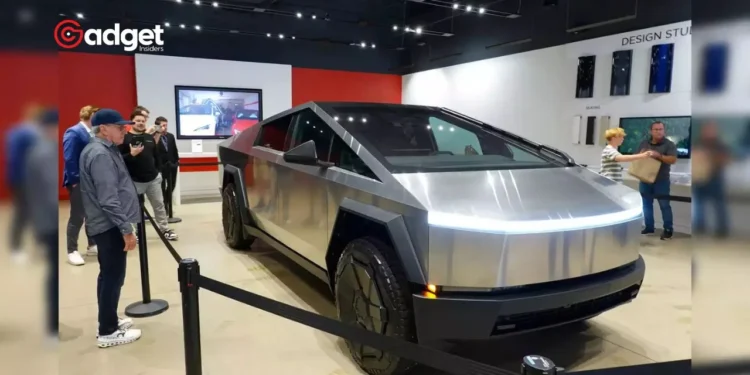Tesla, a name synonymous with innovation in the automotive industry, has recently unveiled a new feature in their much-anticipated Cybertruck that pushes the envelope even further. The vehicle’s front trunk, affectionately known as the “frunk,” incorporates a sophisticated ‘learning algorithm’ designed to optimize its functionality.
This development comes amid varied public feedback concerning the frunk’s operational safety, particularly regarding finger pinch incidents during closure.

The Problem at Hand: Safety Concerns with the Cybertruck’s Frunk
Concerns have been mounting over the sharp corners of the Cybertruck, which some suggest pose a potential hazard to users and pedestrians alike. In response, Tesla has implemented a learning algorithm within the frunk’s closing mechanism, aimed at mitigating these risks.
According to the company’s release notes, “The powered frunk can better detect obstructions just before it finishes closing,” showcasing Tesla’s commitment to enhancing user safety through technological advancements.
However, feedback from users who have experienced the updated system first-hand reveals a range of outcomes. The algorithm is designed to adjust the closing force incrementally if it fails to latch successfully, which can lead to inconsistent results.
Wes Morrill, the Cybertruck’s lead engineer, explained, “Frunk pinch detection is a learning algorithm which will increase the closing force each time it’s cycled back to back without successfully latching.” This adaptive approach suggests that the frunk’s mechanism learns from repeated closure attempts, theoretically improving its performance over time.

Understanding the Frunk’s Learning Algorithm
The essence of the frunk’s learning algorithm lies in its ability to adapt based on the frunk’s interaction with objects placed inside it. For instance, Morrill illustrates, “Imagine there is a big bag inside the frunk it might also trigger the pinch detection.
Then you might try closing it again, and again… exactly as you are doing in this video. The algorithm assumes that if you are repeatedly trying to close the frunk it’s because you, as the human in the loop, know better and believe it should close.”
This highlights a significant shift towards more interactive and responsive vehicle features, reflecting Tesla‘s forward-thinking approach.
Public Perception and the Path Forward
As Tesla pioneers this technology, public reactions have been mixed. Some view the learning algorithm as an overcomplication of a standard vehicle feature. However, history shows that initial skepticism about Tesla’s innovations, like the Model X’s Falcon Wing doors, often gives way to broad acceptance as the technology proves its worth.
The learning algorithm in the Cybertruck’s frunk could, with further refinement, evolve into a seamlessly safe component, echoing sentiments from technology enthusiasts and safety advocates alike.
Tesla reveals Cybertruck's finger-pinching frunk is using a 'learning algorithm' https://t.co/Ksu7Wh1i4H by @fredericlambert
— Electrek.co (@ElectrekCo) May 3, 2024
Final Thoughts
Tesla continues to challenge conventional automotive designs and functionalities with its introduction of advanced technologies like the Cybertruck’s learning algorithm-enhanced frunk.
While there are challenges to overcome, particularly in terms of consistency and user safety, the potential for a smarter, more intuitive vehicle is clear.
As Tesla refines this technology, it could set a new standard for vehicle safety and user interaction, marking another milestone in the evolution of automotive technology.










